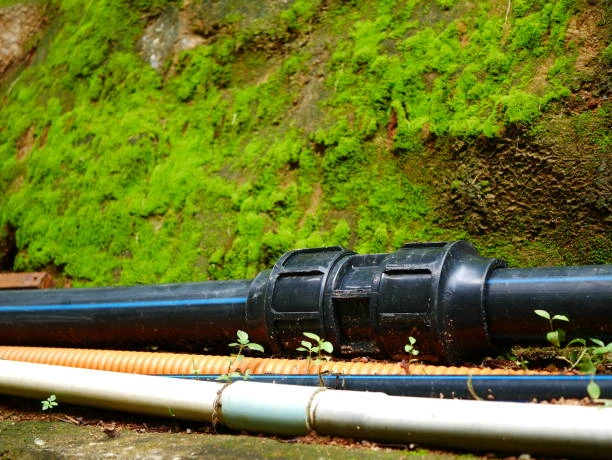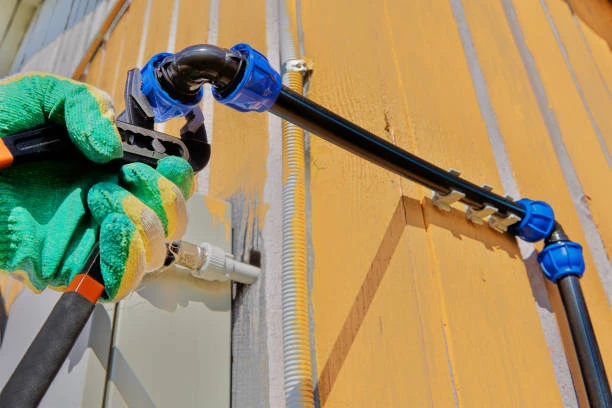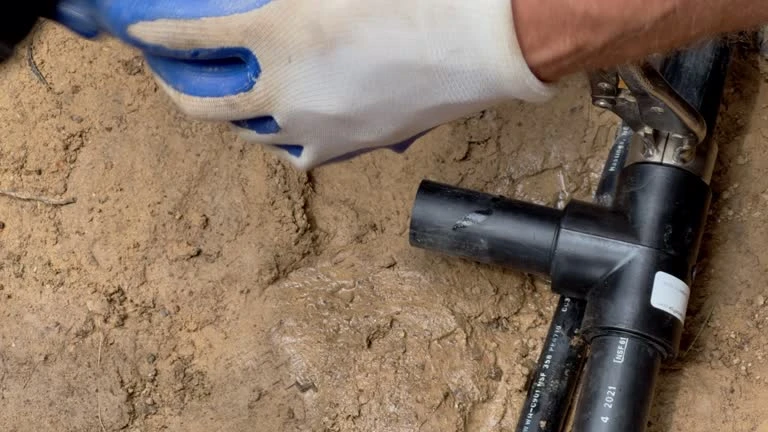Introduction
As industries strive for more durable, cost-effective, and environmentally friendly solutions, HDPE pipes and fittings have emerged as the gold standard.
The robustness of HDPE lies in its ability to resist corrosion, withstand high pressures, and maintain flexibility even in extreme temperatures. These characteristics make it an ideal choice for a variety of applications, ranging from residential plumbing to large-scale industrial projects. Consequently, the demand for HDPE pipes and fittings has skyrocketed, prompting businesses and municipalities to seek reliable suppliers through competitive bidding processes.
This article aims to provide a comprehensive overview of current bid postings for HDPE pipes and fittings, highlighting the key considerations for buyers, the benefits of using HDPE, and the criteria for evaluating potential suppliers. By the end, readers will have a clearer understanding of how to navigate the market for these essential infrastructure components.
Understanding HDPE Pipe and Fittings
Before diving into the specifics of bid postings, it’s crucial to understand the basics of HDPE pipe and fitting systems.
Fittings, on the other hand, are the components that connect pipes to each other or to other elements of a plumbing system. They include elbows, tees, couplings, and valves, each designed to facilitate the efficient flow of fluids while maintaining system integrity.
One of the most significant advantages of HDPE pipes and fittings is their long-term durability. Unlike metal pipes, which can corrode over time, HDPE resists chemical degradation and maintains its structural integrity even in harsh environments. This makes it an excellent choice for applications that require resistance to extreme temperatures, pressures, and chemical exposure.
Moreover, HDPE’s flexibility allows it to adapt to various terrain conditions without the need for extensive excavation or heavy equipment. This reduces installation costs and minimizes environmental impact, making it a favorite among eco-conscious contractors and planners.

Evaluating Bid Postings for HDPE Pipe and Fittings
When perusing bid postings for HDPE pipes and fittings, there are several key factors to consider to ensure you select the most suitable supplier.
1. Quality and Compliance
First and foremost, the quality of the HDPE pipes and fittings should be of the utmost importance. Look for suppliers who adhere to industry standards and have a proven track record of delivering high-quality products. Compliance with international standards such as ISO, ASTM, and DIN is a good indicator of a supplier’s commitment to quality.
2. Product Range and Customization
The range of products offered by a supplier is also crucial. Depending on your project’s specific needs, you may require pipes and fittings of varying diameters, thicknesses, and pressure ratings. A supplier with a diverse product line can cater to your specific requirements, reducing the need for sourcing from multiple vendors.
Customization options are another plus. Some suppliers offer bespoke solutions, allowing you to tailor the pipes and fittings to your exact specifications. This can be particularly useful for unique or complex projects where standard products may not suffice.
3. Pricing and Delivery
Cost is always a significant consideration in any procurement process. While it’s essential to seek competitive pricing, remember that the lowest price doesn’t always equate to the best value. Assess the overall cost-effectiveness of a supplier by considering factors such as delivery times, shipping costs, and any potential hidden fees.
Timely delivery is critical, especially in projects with tight deadlines. Look for suppliers who offer reliable shipping options and can meet your specified delivery timelines.
4. Customer Support and After-Sales Service
Excellent customer support is the hallmark of a good supplier. Look for companies that provide comprehensive technical assistance, prompt responses to inquiries, and comprehensive after-sales service. This includes assistance with installation, troubleshooting, and warranty claims.
Supplier reputation is also worth considering.
Case Studies and Industry Trends
To illustrate the importance of these considerations, let’s examine a few case studies and industry trends.
Case Study 1: Municipal Water Supply Project
A municipal authority in a rapidly growing city recently awarded a bid for HDPE pipes and fittings to a local supplier. The supplier’s adherence to industry standards, diverse product range, and competitive pricing were key factors in their selection. However, it was their exceptional customer support and after-sales service that truly shone through.
This not only minimized downtime but also guaranteed the long-term integrity of the water supply system.
Case Study 2: Industrial Gas Pipeline Project
An industrial plant needed to upgrade its gas distribution system to accommodate increased demand. The plant’s engineers specified HDPE pipes and fittings due to their resistance to corrosion and high pressures. After evaluating several bids, they selected a supplier known for their customization capabilities and reliable delivery times.
The supplier worked closely with the engineers to design a bespoke solution that met the plant’s specific requirements.
Conclusion
In conclusion, the selection of HDPE pipes and fittings is a critical decision that can significantly impact the success of any infrastructure project. By carefully evaluating bid postings and considering factors such as quality, product range, pricing, delivery, and customer support, buyers can ensure they select a supplier that meets their specific needs.
Moreover, staying informed about industry trends and advancements will help buyers make more informed decisions, taking advantage of the latest innovations in HDPE technology.
As the demand for HDPE pipes and fittings continues to grow, it’s essential for buyers to remain vigilant and proactive in their procurement processes.
In the end, the choice of HDPE pipes and fittings is not just about finding the right product; it’s about selecting a partner who shares your vision for a robust, sustainable, and efficient infrastructure. With the right supplier on your side, the possibilities are endless.


















